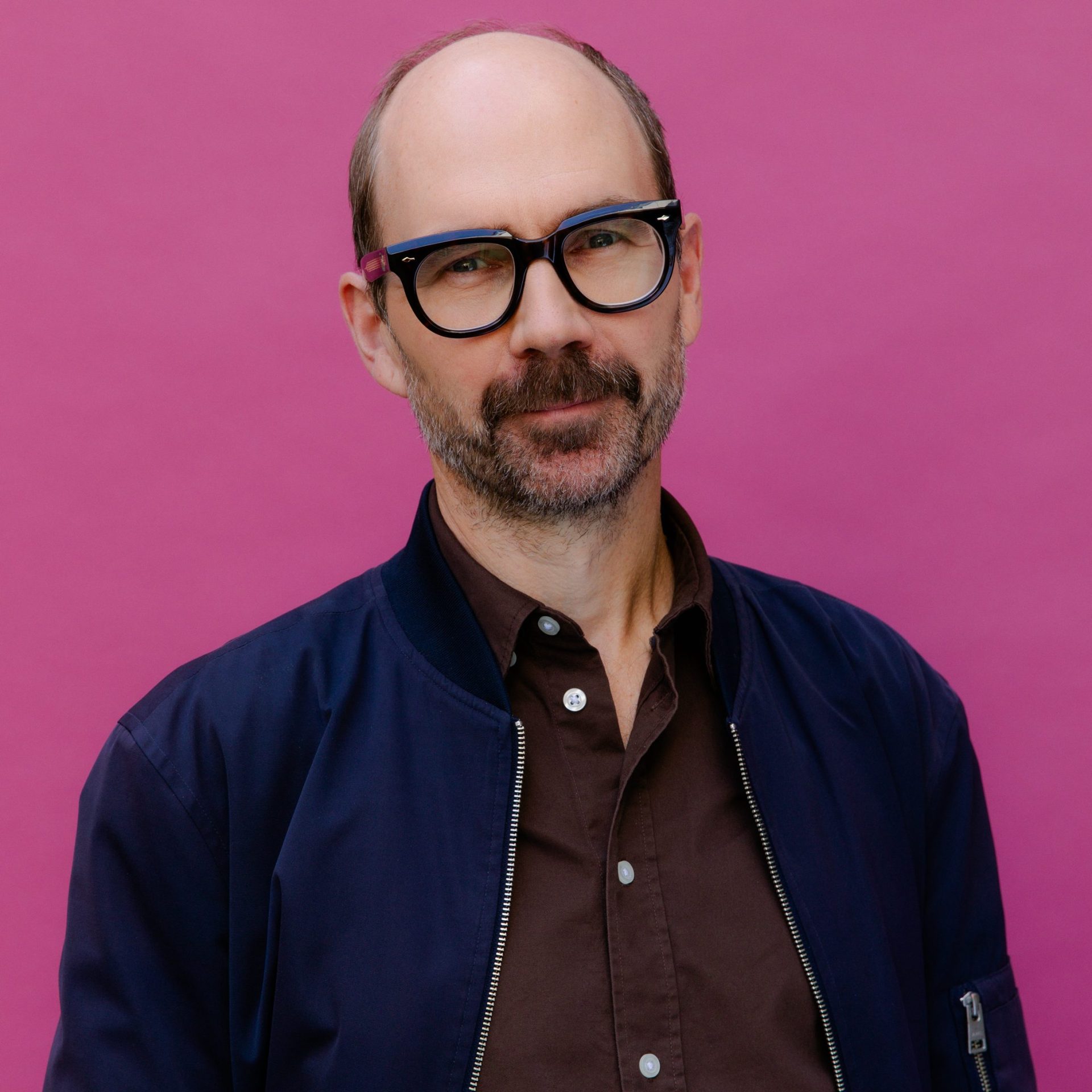The Palais de Tokyo in Paris is currently home to Neïl Beloufa’s overwhelming exhibition project “The enemy of my enemy” (in the French original: “L’Ennemi de mon ennemi”), in terms of both scale and substance. Here, all or almost all the crisis flashpoints in our media-delineated world parade. The supporters and their enemies are spread across the large hall like chess figures on a board and robots are constantly assigning them new positions, in this way and in line with some impenetrable algorithm, creating ever new constellations.
The robots are called either Marat or Sade, so named because video artist Hito Steyerl assigned them these two identities: Jean Paul Marat and Marquis de Sade. In the guise of these two protagonists Steyerl, or rather Beloufa, places violence center stage and also enquires as to their political or rather social legitimation. Alongside these automated pieces (placed on about 100 plateaus) – each of them a miniature stage with inter-communicating artefacts, posters, drawings and paintings, found objects, bric-à-brac, assemblages and all manner of other things – there hang, lie, or stand innumerable other exhibits that provide a set frame like fixed stars in a Milky Way.
How to unlearn knowledge
The psychedelic spectacle into which the exhibition objects are inserted and in which they adopt or insist on a constantly changing angle from which they be viewed, constitutes a set of instructions for how we can unlearn academic knowledge or insights gained in everyday life. For centuries this knowledge has bubbled away and flourished beneath the surface, and desperately lashes out as if seeking to put a final end to all the fun.
Exhibits that provide a set frame like fixed stars in a Milky Way.

The exhibition “L’Ennemi de mon ennemi” is a universal battle, a phantasy of Samuel Huntington’s Clash of Civilizations couched in images, taking place in art and in the sphere of language preserved in art. It is a voiceless and poetic picture book of the political after the end of politics. There will be no victors at the end of this battle, there will be no triumphant new beginning, and certainly not in art, which has learned so perfectly to live and live well in a bubble, transforming images of the enemy into forms of capital.
Which images can we trust?
This exhibition is also provocative with a brilliance that can give you a headache. At the symbolic level it explains the death of the image. And of course does so with an assertion made with images that repeatedly confront you with possibly the most nonsensical question as to which images you can or cannot trust. In so doing, it goes straight to the heart of the image with which the former consensus of a community evolved into constant suspicion, blunting images by degrading them into mere information.

Today, this is to be encountered in almost all exhibitions, a few centimeters to one side of the artwork, where a block of text hangs that tries to capture in words what is to be seen in the piece. Trusting yourself and your own perception has long since ceased to be a matter of course. Beloufa’s exhibition integrates the glut of information and has it slosh back and forth as if in an agitated basin.
An agitated basin full of information
In the middle of it all: static agents, for example two drawings of Picasso, with his leanings toward Communism, both dripping in irony for the addressee opposite, Josef Stalin. Or a baseball, signed by Tony Blair. Or the painting “Le chasseur allemande” by Gustave Courbet, who during a stay in Frankfurt/Main in 1858-9 discovered his passion for hunting. Or the model of an Algerian war memorial dating from 1928, which 50 years later an artist framed in concrete to transform it into a peace memorial. For their part, all these immobile agents represent idiosyncratic movements that only through movement, only by refusing to stand still, can go beyond what can be explained by delimitation.

The beginning and the end of the extended exhibition are marked by an installation by Beloufa with caterpillar-like machines scattered around the space and a scenographic unit, decked out with transparent, movable walls reminiscent of Duchamp or El Lissitzky. On monitors and on the opposite wall you witness a projection of Beloufa’s 2011 video “People’s Passion, Lifestyle, Beautiful Wine, Gigantic Glass Towers, All Surrounded By Water.” Here, success and freedom circumscribe radiant summery neighborhoods accompanied by birds’ chirping, whereby the off-screen voices reel off the positivity of this Occidental utopia eloquently and unquestioningly, as if advertising real estate.

